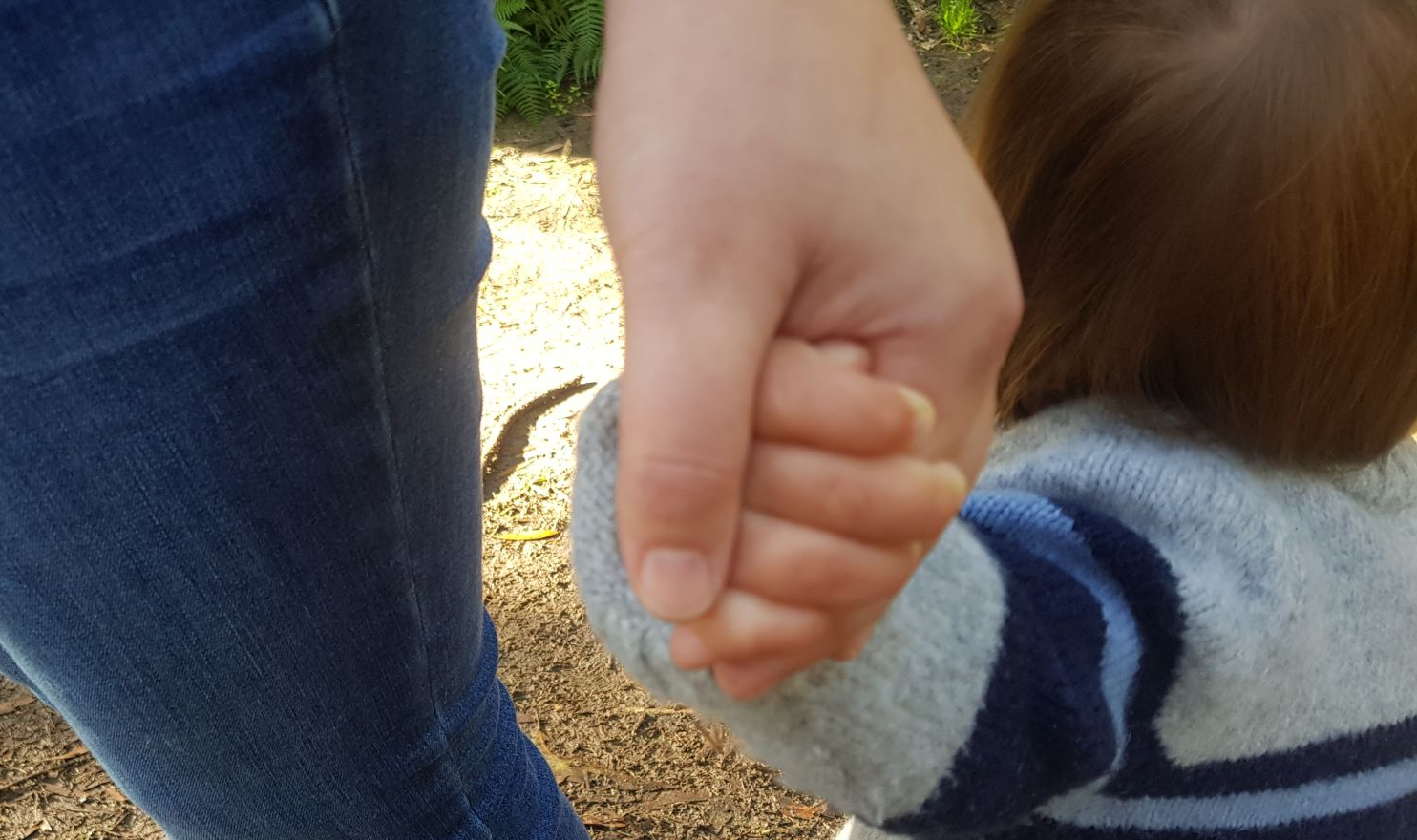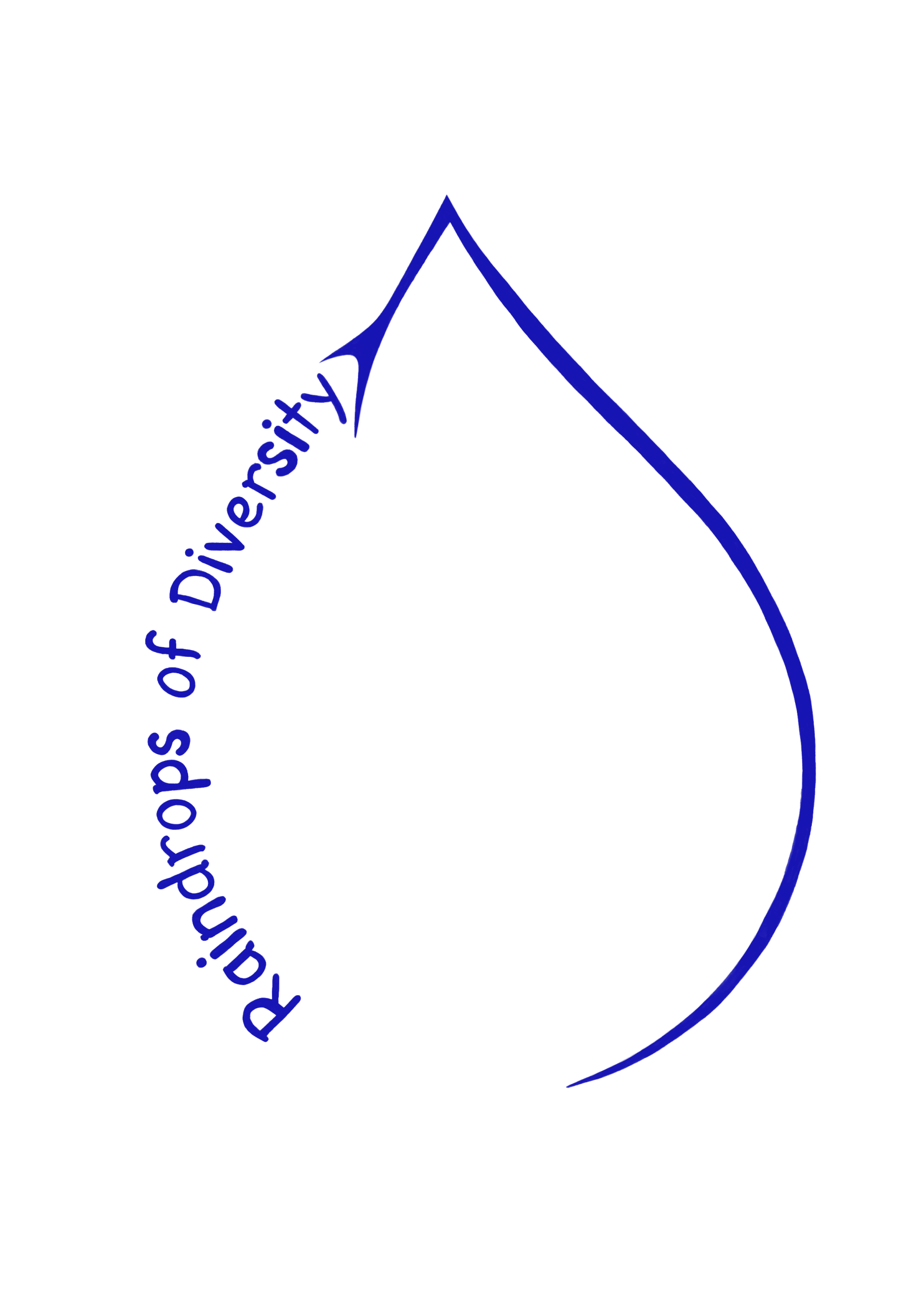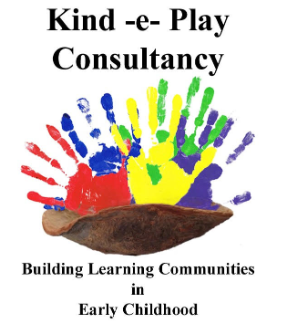Big Emotions
Understanding the link between emotions and self-regulation.

Written By
Janice Rocca and Michelle Raikuna-Jones
http://www.raindropsofdiversity.com
Janice Rocca and Michelle Raikuna-Jones
http://www.raindropsofdiversity.com
Feelings and Emotional Responses in the Early Years
Babies, Toddlers and young Children are learning about feelings and emotions from those around them. A child’s feelings can be shaped by family structure, dynamics and life exposure. Basic feelings like happy, sad or angry are seen in facial expressions, gestures, and feature heavily in children’s songs like “If you’re happy and you know it,” where actions are given to represent these feelings.
Emotions or emotional responses are a reaction to a feeling. For example when a baby, toddler or child is feeling happy, they are more open to expanding their reach, trying a new skill or being involved in learning. “Happy” is a feeling that adults respond well to.
Think about how you feel when a baby, toddler or child in your care is happy. Your stress levels are manageable, productivity is higher, you have a clearer thought process and therefore are more involved and intune to what is happening around you. You might find yourself smiling, laughing, or even singing a song.
However, not all feelings are easily managed and not all emotional responses are easy to cope with.
We know that children In their early years are still learning about feelings and emotions and can therefore find managing these feelings and emotions a challenge. Often big emotions come with big emotional responses. Things that we might see during this exchange might be behavioural and/or verbal responses.
What is happening for this little person?
It is during this time that this young person is no longer able to cope with, or have the skills to manage something that is happening in their world. Along with their feelings, this little person might be experiencing physical changes like a shift in body temperature, they might be crying or they may start using their limbs by kicking or throwing their arms about.
It is also during this time that your little person needs your support to self regulate their emotions and manage themselves.
Think about a time when this has happened with a child in your care and consider how this made you feel. Perhaps your stress levels began to rise, you might have noticed that others reacted differently to these big emotions and you might have recognised the need to reset your own or others’ coping mechanisms.
Social and Emotional Wellbeing
In the early years, babies, toddlers and children not only need to learn about and manage their own feelings and emotions, they also need to understand and manage themselves around others. Considering a holistic view of development we know and understand that emotional wellbeing is linked closely with all other areas of development. A child’s wellbeing is connected to how a child views themselves, how they connect with others within their world, and can be determined by their ability to learn and communicate with others. How others interact with a child can also determine the understanding this child may have about their own feelings, emotions and their place in their world.
Stop, Think and Wonder...
How well do you understand your own feelings and emotions?
Do your feelings and emotions change frequently?
Are your feelings and emotions determined by what is happening around you?
Do you think this is the same for babies, toddlers and young children?
Self-Regulation
Being able to regulate emotions is developed over time. An important and integral part of a child’s development is to learn about their own emotions, and how they can monitor and manage these feelings and emotions. As an Early Childhood Teacher or Educator working within the Early Years, we have our own understanding of feelings and emotions and we often have a plan of what emotions and feelings each child would be or should be experiencing based on the learning environment that is being offered.
Challenges can occur when children don’t have the predicted responses that we expect or have planned for. We also know that when working with children, we should expect the unexpected.
How can we support children to regulate their emotions?
Use a mirror to explore how facial features change depending on how you feel. Encourage children to work in pairs as this will allow children the opportunity to see that others have their own feelings and emotions too.
Teach babies, toddlers and children everyday concepts like sharing and turn taking during structured group times or intentional teaching moments. Explaining that sharing involves giving and taking can be as simple as a game where you give someone something then receive it back. Using the words “share,” “my turn,” and/or “your turn,” will assist a child to identify how it feels to share and what happens during this interaction.
Incorporate a wide range of feelings and emotions like jealous, frightened, embarrassed or worried, once children have a good understanding of happy, sad and angry.
Use visual cues for instructions within learning environments. Practise the actions that correspond with these instructions to assist children to manage themselves in their environment.
Give babies, toddlers and children opportunities to gain the skills they need to manage their emotions. These might include problem solving skills, empathy or the ability to seek a solution or consider the perspective of others. These are best done when a child is open to learning, not during an emotional response exchange.
Early Childhood is a time to learn, be nurtured, supported, guided and listened to.
Understanding and having confidence in children,
allows children the chance to gain confidence in themselves,
fosters their wellbeing,
and builds emotional maturity.
This is ongoing over time.
Understanding and having confidence in children,
allows children the chance to gain confidence in themselves,
fosters their wellbeing,
and builds emotional maturity.
This is ongoing over time.
Get in touch
-
Email: admin@janicerocca.com
-
0499 445 565 Janice
0412 083 015 Michelle -
www.facebook.com/RaindropsofDiversity



